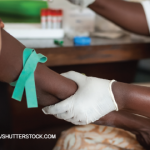Rheumatologists treating HIV patients in 2017 must think through many important factors as this population ages. As we continue to learn, rheumatologists must consider important drug–drug interactions, relatively uncommon rheumatological presentations of HIV, as well as specific diagnostic challenges. Working closely with infectious disease specialists is the best way to achieve optimum care for this…


